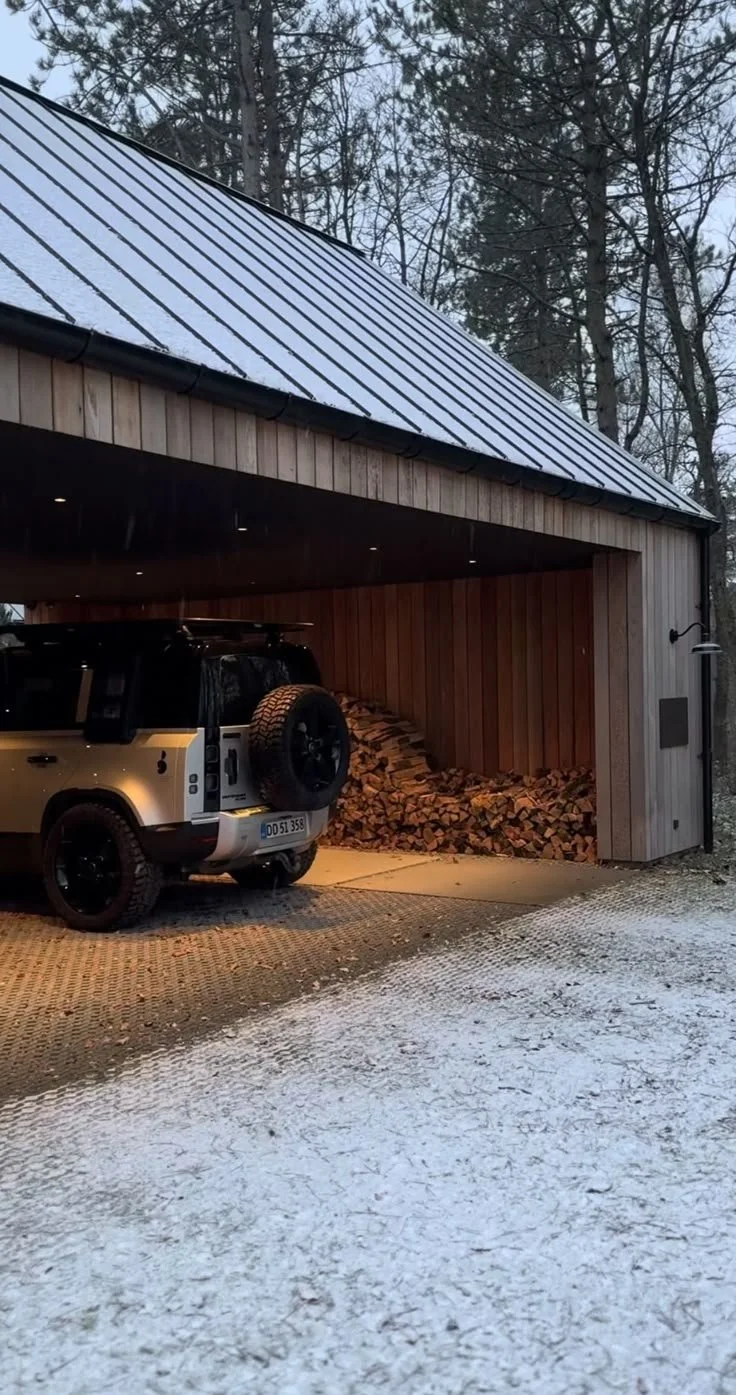What To Know Before Moving To A New State
Moving to a new state is more than just a change of address—it’s a fresh start filled with new opportunities, unfamiliar surroundings, and the chance to build a new life. But with that excitement comes the need for careful planning. From navigating different state laws to budgeting for long-distance movers, interstate relocation can be complex and overwhelming if you’re not prepared.
Whether you’re relocating for work, family, or a change of scenery, this guide will walk you through everything you need to know before moving to a new state. With practical tips, personal insights, and trusted resources, you’ll be ready to make your move with confidence.
No. 1
Understand Local Laws and Regulations
Each state has its own set of laws, and what’s common in one place may be completely different—or even illegal—in another.
To avoid fines or legal issues, research these key areas before your move:
Driver’s Licenses: Most states require you to update your license within 30–90 days of establishing residency.
Vehicle Registration: Fees and timelines vary. Some states have emissions testing or inspection requirements.
Taxes: Income tax laws differ—some states have no income tax, while others have high rates.
Pet Laws: Check for breed restrictions, vaccination requirements, and quarantine rules.
Rental Laws: Security deposit limits, lease terms, and eviction policies can vary widely.
Your new state’s official government website is the best source for accurate, up-to-date legal information. Doing this research early can save you from last-minute surprises.
No. 2
Research Schools and Education Requirements
If you have children, school quality is likely a top priority. Fortunately, tools like the National Center for Education Statistics and GreatSchools.org make it easy to compare districts and schools.
Tips for Evaluating Schools:
Compare Districts Online: Look at test scores, student-teacher ratios, and parent reviews.
Contact Schools Early: Ask about enrollment deadlines, paperwork, and placement tests.
Request Records in Advance: Transcripts, immunization records, and IEPs should be transferred ahead of time.
Understand Curriculum Differences: Graduation requirements and subject emphasis may vary.
Planning ahead ensures a smoother academic transition and peace of mind for both you and your children.
No. 3
Plan the Logistics of a Long-Distance Move
Long-distance moves require more coordination than local ones.
Here’s how to plan effectively:
Hire a Licensed Interstate Mover: Long-distance moving experts must be registered with the Federal Motor Carrier Safety Administration (FMCSA). Check their license and safety records on the official FMCSA database before booking
Request a Binding Estimate: This guarantees your cost won’t change based on weight fluctuations.
Choose the Right Coverage: Opt for full-value protection to cover repair or replacement of damaged items.
Book Early: Especially during peak moving months, early booking ensures availability and better rates.
Plan for Delays: Long-distance moves can take days or weeks. Arrange for lodging or storage if needed.
The Container Store
Your ultimate destination for innovative storage and organization solutions for home or office—offering everything from stylish bins and shelves to custom closet systems.
No. 4
Budget for Your Move and Avoid Hidden Costs
Interstate moves are more expensive than local ones.
Here’s how to budget wisely:
Understand Distance-Based Pricing: Charges are typically based on weight and miles traveled.
Account for Extra Services: Packing, unpacking, and storage add to your total cost.
Watch for Access Fees: Stairs, elevators, or long carries may increase labor charges.
Compare Multiple Quotes: Don’t settle for the first estimate—get at least three.
Include Travel Costs: If you’re driving, factor in gas, meals, and hotel stays.
According to Moving.com, the average cost of a 1,000-mile move ranges from $2,500 to $7,500, depending on home size and services.
No. 5
What to Expect on Moving Day for Interstate Moves
Moving day for a long-distance relocation involves more steps than a local move.
Here’s what to anticipate:
Inventory and Weighing: Interstate movers will document and weigh your items before loading.
Keep Documents Handy: Contracts, insurance forms, and contact info should be easily accessible.
Stay in Touch with the Driver: Be available for updates and questions during transit.
Be Flexible with Delivery: Weather and traffic may affect timing.
Inspect Upon Delivery: Check for damage or missing items and file claims promptly.
No. 6
Setting Up Utilities and Services When Moving Across State Lines
Utility providers differ by state, and failing to plan ahead can lead to service gaps or extra fees.
Schedule Disconnections and Connections: Avoid overlapping bills or service lapses.
Research Providers: Some states offer multiple options; others may have monopolies.
Close or Transfer Accounts: Confirm closures in writing to avoid ongoing charges.
Update Billing Addresses: Use USPS forwarding and notify all service providers.
Early planning helps you avoid unnecessary stress and ensures your home is ready when you arrive.
No. 7
Adjusting to the Local Culture and Lifestyle
Settling in is about more than unpacking boxes—it’s about feeling at home.
Here’s how to integrate into your new community:
Check Community Calendars: Find local events, festivals, and markets to attend.
Join Social Media Groups: Platforms like Facebook and Nextdoor connect you with locals.
Explore Local Cuisine and Activities: Try new restaurants or join clubs to meet people.
Volunteer: Get involved with local nonprofits or community centers.
If you’re moving for work, take advantage of company events and networking opportunities to build your new social circle.
No. 8
A Customer’s Experience with Zip To Zip Moving Company
A recent customer who relocated with their family from Florida to New York shared a positive experience with Zip To Zip Moving Company. The move involved two young children, a family pet, and a full household—making the process initially feel overwhelming.
After researching various options and reading favorable reviews, the family selected Zip To Zip for their interstate move. The moving crew arrived punctually, clearly communicated each step of the process, and even engaged the children by allowing them to assist with small packing tasks. Fragile items were handled with exceptional care, and the company maintained consistent communication throughout the journey.
The final cost aligned with the original estimate, and by strategically avoiding peak moving dates, the family was able to save money. Upon arrival in New York, the transition was smooth, and the stress of the move had dissipated—allowing the children to begin exploring their new surroundings, including nearby Central Park.
This experience highlights Zip To Zip Moving Company’s commitment to professionalism, transparency, and customer care during long-distance relocations.
No. 9
Your Interstate Moving Checklist
Here’s a quick checklist to keep your move on track:
Start planning early and choose licensed movers with strong reviews
Research your new state’s laws, schools, and utility providers
Use a moving binder to track quotes, receipts, and timelines
Keep essential documents and items with you during the move
Stay flexible and prepare for unexpected delays
Takeaways
Moving across state lines is a major life event, but with the right preparation, it doesn’t have to be stressful. By understanding local laws, researching schools, budgeting carefully, and choosing a reputable mover through the FMCSA mover database, you can avoid common pitfalls and enjoy a smooth transition.
Use trusted resources like NCES for school research and Moving.com for cost estimates. Most importantly, embrace the journey. With the right mindset and preparation, your interstate move can be the beginning of an exciting new chapter.
You’ve got this—happy moving!
Looking for Home resources?
Looking to enhance your living space and create a sanctuary that supports your well-being? Explore our home partners who offer a wide range of resources to elevate your home environment.































